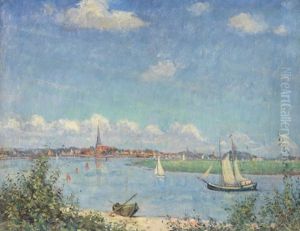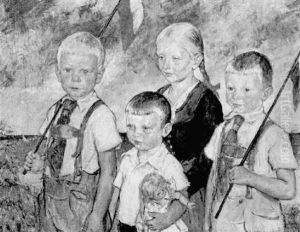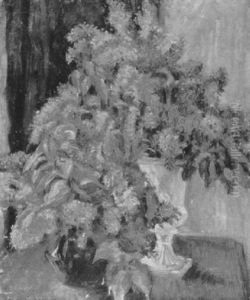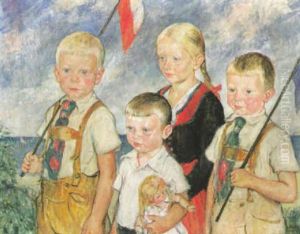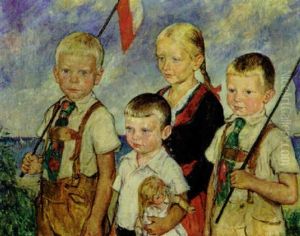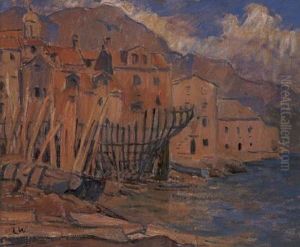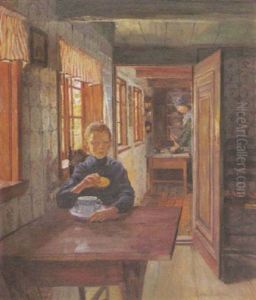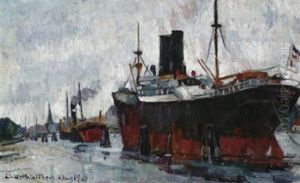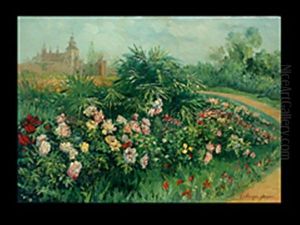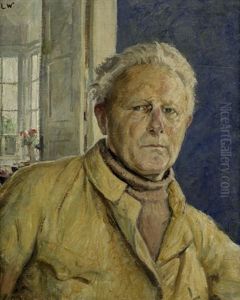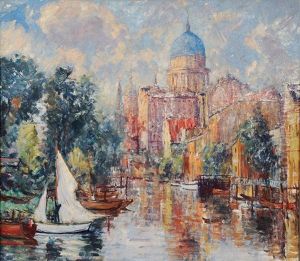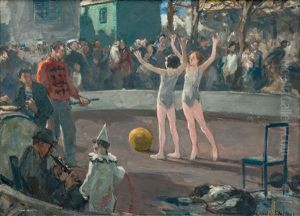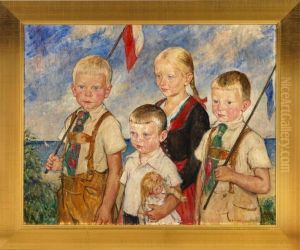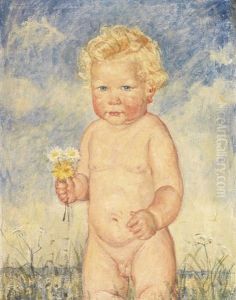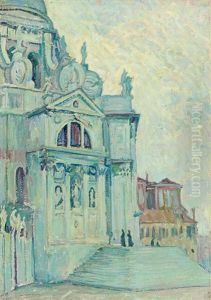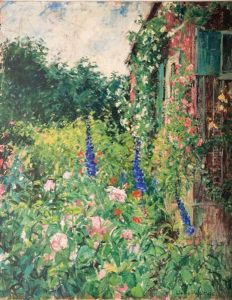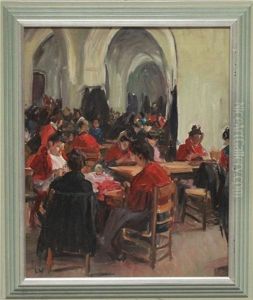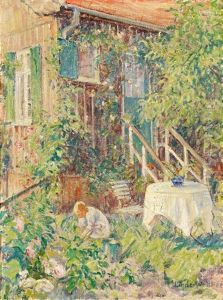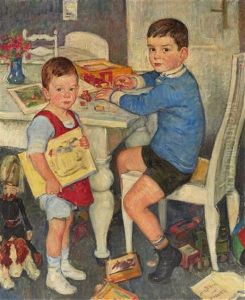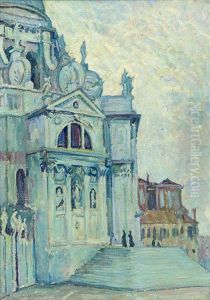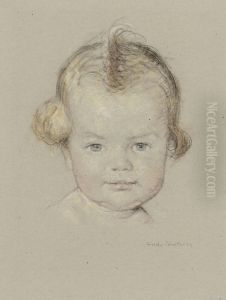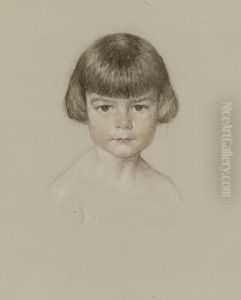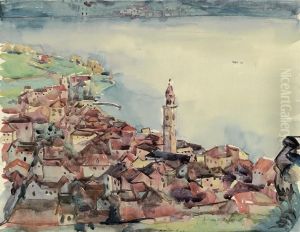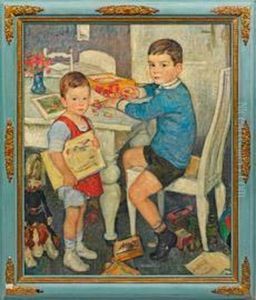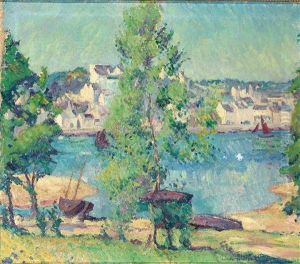Heinrich Linde-Walther Paintings
Heinrich Linde-Walther, born Heinrich Walther in 1868 in Hamburg, Germany, was a German painter and graphic artist known for his landscapes, marine scenes, and portraits. He adopted the name Linde after marrying Elisabeth Linde in 1901 and combined it with his birth name to become Heinrich Linde-Walther.
Linde-Walther's artistic journey began with his education at the Hamburg School of Applied Arts, where he honed his skills in drawing and painting. His desire for further artistic development led him to continue his studies at the Academy of Fine Arts Munich, a prominent institution that attracted many aspiring artists of the time. There, he was influenced by the prevailing styles and techniques, which he later integrated into his own unique approach.
Throughout his career, Linde-Walther exhibited a profound versatility in his work. He was adept at capturing the interplay of light and shadow, a skill that added depth and realism to his landscapes and seascapes. His travels throughout Europe provided ample inspiration, as he painted scenes from the North Sea to the Mediterranean. His portraits also displayed a keen understanding of character and psychology, traits that made his work sought after by patrons.
As an active member of the Hamburg art community, Linde-Walther was involved with the Hamburg Artists' Association and participated in their exhibitions. His reputation grew, and his works were displayed in various national art shows and galleries, earning him recognition and accolades.
The outbreak of World War I had a profound impact on Linde-Walther, as it did on many artists of his generation. The post-war period saw a shift in his artistic focus, as he grappled with the social and cultural upheavals of the time. Despite these challenges, he continued to produce work that reflected his commitment to his craft.
Heinrich Linde-Walther's contributions to German art were significant, though he may not be as widely known as some of his contemporaries. His dedication to painting and graphic arts left a body of work that continued to be appreciated for its beauty and craftsmanship. He passed away in 1939, leaving behind a legacy that would inspire future generations of artists.
